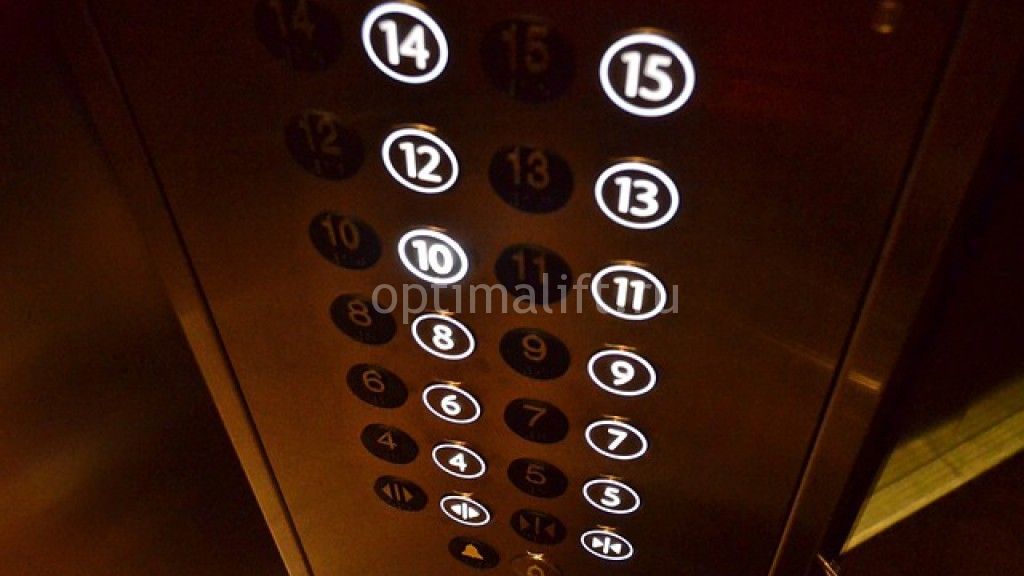Requirements for fire lifts
Fire elevators designed for transportation of fire departments are usually installed in buildings with a large number of people, where in the event of a fire, rapid mobilization, evacuation of passengers and delivery of fire departments to the fire site is necessary. The fire elevator must be designed in such a way as to freely transport crews of several people to the desired floors, as well as be fully equipped with the necessary equipment.
First of all, according to the requirements of the technical regulations, the carrying capacity of fire elevators must be at least 630 kg in order to be able to transport a large number of people. In addition, due to their specificity, fire lifts must be suitable for transporting rescued people and people on stretchers, and therefore, they must have appropriate dimensions - the dimensions of the cabin according to the regulations must be at least 1 m 10 cm x 2 m 10 cm, while the width doorway - not less than 80 cm. Special attention in the technical regulations is given to the roof of the elevator car. It must be equipped with a hatch, the dimensions of which should not be less than 50 x 70 cm, while for fire elevators, the load capacity of which is 630 kg, it is allowed to reduce the size of the hatch to at least 40 x 50 cm. Also, fire elevators must have special materials for finishing and cladding of walls, ceilings, compartment cabins. First of all, they must be especially durable and have a G2 combustibility group, that is, moderately combustible, the duration of independent combustion of which is not more than 30 seconds, as well as a B2 flammability group, that is, moderately flammable, having a critical heat flow plane value of not more than 35 kilowatts per square meter. In addition, all materials in the elevator car must belong to the moderate toxicity group.

It is important to note that elevators for transporting firefighters must be able to operate in the "Fire Hazard" and "Transportation of fire departments" modes. Different modes are necessary in order for the elevator to operate correctly in both of these situations, and be able to deliver passengers and victims to the lower floor in any situation, as well as promptly deliver fire departments to the place of ignition. It is also necessary that in the "Transportation of fire departments" cabin the elevator for was equipped with means for connecting to a two-way intercom system between the control room or the central control panel of the fire protection system, as well as with the main landing floor. At the same time, in order to save time, voice communications from the elevator car should be carried out without the use of handsets.






